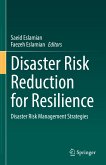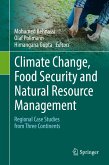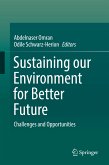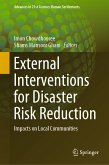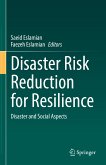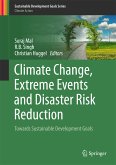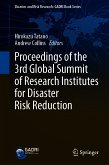Disasters can cause human and animal life loss, field crops, stored seeds, agricultural equipment/materials, supply systems (e.g., infrastructure), livelihood, and associated indigenous knowledge. Such impacts have its short-term repercussions and affect the long-term sustainability of the rural sector. Rural regions of the developing world can be remote, with high concentrations of mass poverty, food insecurity, and illiteracy; hence access to food, shelter, and communication related to relief and recovery is a challenge after a disaster. In rural areas, farmers strongly rely on natural resources and have no alternative source of income or employment, making them more vulnerable to a crisis. Role of women in rural development and agricultural activities is of paramount importance. Yet they are the most affected ones during any disaster. Vulnerabilities of children and especially abled people in the rural sector are untouched areas that require more attention in days to come.
This book deliberates on the aspects as mentioned above related to disaster risk reduction, preparedness, and management. Apart from the introduction, the book has four parts: (1) Food and Agriculture, (2) Water andSanitation, (3) Gender and Social Issues, and (4) Technology. Overall, this book is a valuable resource material for students, researchers, academia, policymakers, and development practitioners.
Dieser Download kann aus rechtlichen Gründen nur mit Rechnungsadresse in A, B, BG, CY, CZ, D, DK, EW, E, FIN, F, GR, HR, H, IRL, I, LT, L, LR, M, NL, PL, P, R, S, SLO, SK ausgeliefert werden.



